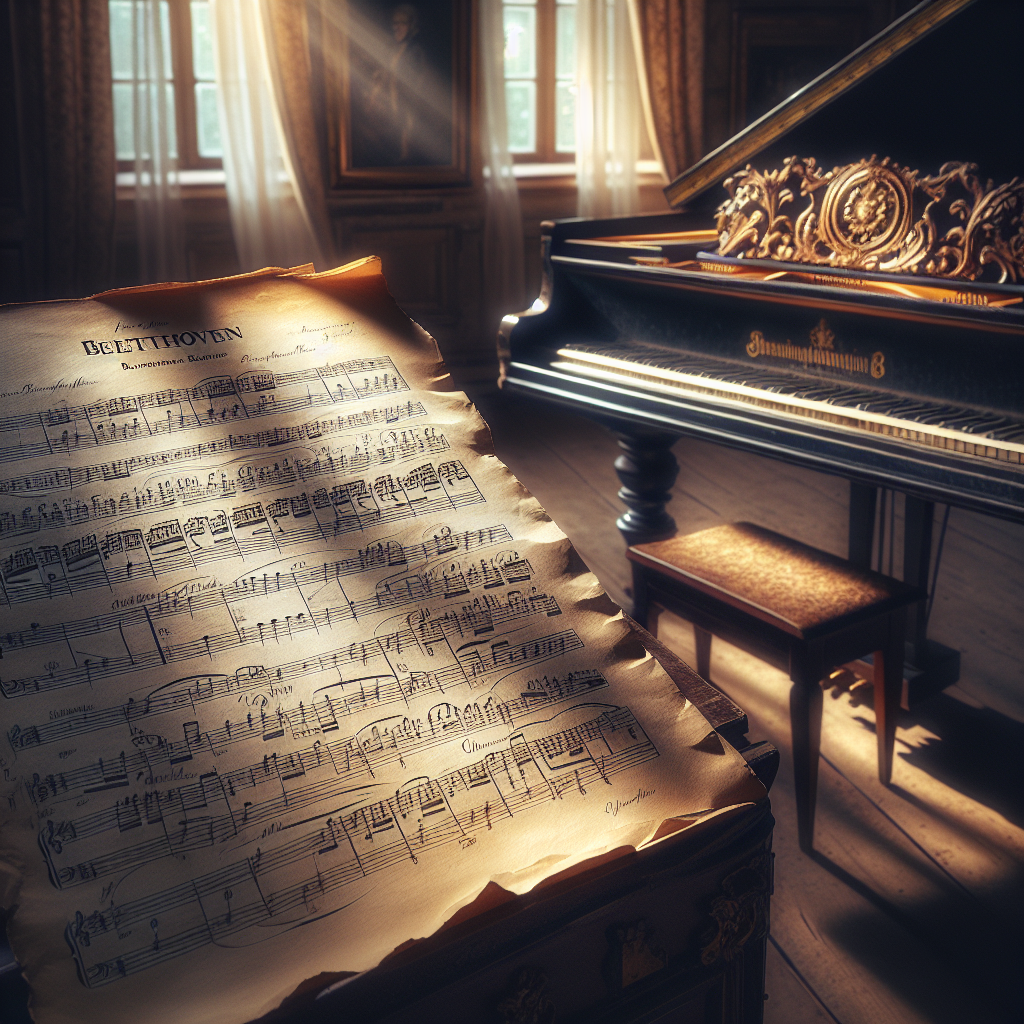Iran’s rich culture and history differentiate it from all other societies. One of the vehicles that effectively capture and communicate this diversity and richness is Iranian music, particularly the traditional art known as Radif. Radif, also referred to as the ‘pattern’, stands as an integral part of Iranian music due to its deep roots in Iranian culture. Today, we explore the profound cultural significance of Radif music and its influence on shaping Iran’s identity.
The Genesis of Radif
Radif dates back to Persia’s early days, featuring a musical structure transmitting orally from one generation to the next. This structure, far from being an architectural marvel, is a collection of about 300 melodic movements known as ‘gusheh’. When combined, these ‘gusheh’ serve as a basis for improvised performances.
The Cultural Significance of Radif
In Iranian culture, music plays an essential role in it and revolves around Radif. Musical performances often accompanied various Iranian ceremonies, from births to funerals, weddings, and religious ceremonies. This integration of music in the day-to-day life translated into deep cultural significance.
Radif, specifically, embodies the heart of the traditional Iranian music system. It inherited its very soul from Persia’s past, with lyrics often touching upon love, friendship, sorrow, and many facets of life in traditional Persian culture. It served as a platform for Iranians to narrate their unique stories and experiences, thus cementing its cultural relevance.
The Persian Modal System
The underpinning foundation that drives Radif music technique relies heavily on the ‘dastgah’ system. Also known as modal music, this system consists of seven large modal systems – each characterized by a unique collection of melodic models. In other words, the ‘dastgah’ system works as the backbone of Radif, dictating how each ‘gusheh’ is arranged and performed.
Preserving Radif Music
Despite Iran undergoing drastic changes over the few centuries, traditional Radif music stood the test of time. The undeniable bond between Radif and Iranian culture meant that Radif music was able to withstand the cultural shifts. Still, efforts need to be intensified to ensure this unique art continues to thrive.
It’s worth noting the outstanding role that the master-disciple relationship has played in the preservation of Radif. Knowledge of the Radif has been transmitted orally down through generations, from master to student in a deep-rooted practice that enhances this music’s cultural legacy.
Conclusion
Radif music is a testament to the vibrancy and richness of Iranian culture. Its profound integration into Iranian society reinforces the timeless and unique heritage that is intrinsic to Iranian identity. As the world continues to change, it’s crucial that we protect and cherish this profound musical tradition – not simply for its musical value, but for the centuries of cultural history and identity it represents for the people of Iran.
FAQs
1. What is Radif music?
Radif is traditional Iranian music characterized by a structure known as ‘gusheh’, which serves as a basis for improvised performances.
2. How old is Radif music?
Radif’s origins date back to the early days of Persia, making it thousands of years old.
3. What themes does Radif music touch upon?
Radif’s lyrics often delve into love, friendship, and sorrow, among other themes relevant to traditional Persian culture.
4. How has Radif music been able to withstand cultural shifts in Iran’s history?
The deep cultural significance and integration of Radif into everyday Iranian life have been instrumental in preserving its relevance.
5. How can we ensure the future preservation of Radif music?
Continuing to pass down the traditions and techniques of Radif through the master-disciple relationship can ensure the preservation of this integral part of Iranian culture.




